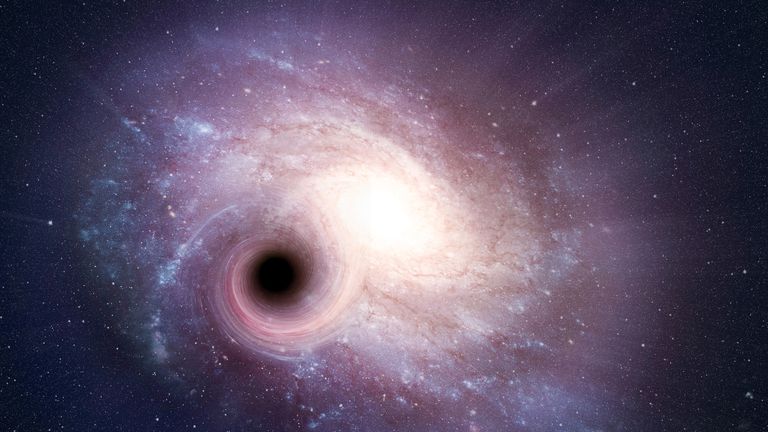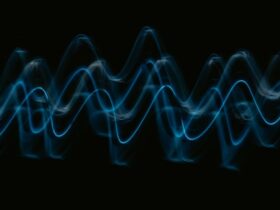There are particular rules that even the most strange objects of the universe have to follow.
A primary law for black holes suggests that the area of their event horizon should never decrease.
That law is known as Hawking’s area theorem, who formulated it in 1971.
After fifty years, physicists confirmed Hawking’s area theorem in premiere, via observations of gravitational waves.
The results will be featured soon in Physical Review Letters.
During the research, the scientists closely analyzed GW150914, the first gravitational wave signal observed by the Laser interferometer Gravitational-wave Observatory (LIGO), in 2015.
The signal resulted from two inspiraling black holes that gave birth to a new black hole, next to an intense amount of energy that propagated through space in the form of gravitational waves.
If Hawking’s area theorem stands, then the horizon area of the new black hole shouldn’t be smaller than the total horizon area of the parent black holes.
In the recent study, the physicists restudied the GW150914 signal before and after the cosmic collision happened and discovered that the total event horizon area didn’t decrease after the merger, a result that they are 95% confident in.
Their discovery marks the first time somebody carries an observational confirmation of Hawking’s area theorem.
Numerous scientists approved of the theorem, as it has been mathematically proven but never observed in nature until the new study came along.
The team aims to test future gravitational wave signals to check if they could re-confirm Hawking’s theorem or be a sign of new, unimaginable physics.
Maximiliano Isi, a NASA Einstein Postdoctoral Fellow of MIT’s Kavli Institute for Astrophysics and Space Research, stated:
“It is possible that there’s a zoo of different compact objects, and while some of them are the black holes that follow Einstein and Hawking’s laws, others may be slightly different beasts. “So, it’s not like you do this test once, and it’s over. You do this once, and it’s the beginning.”























Leave a Reply